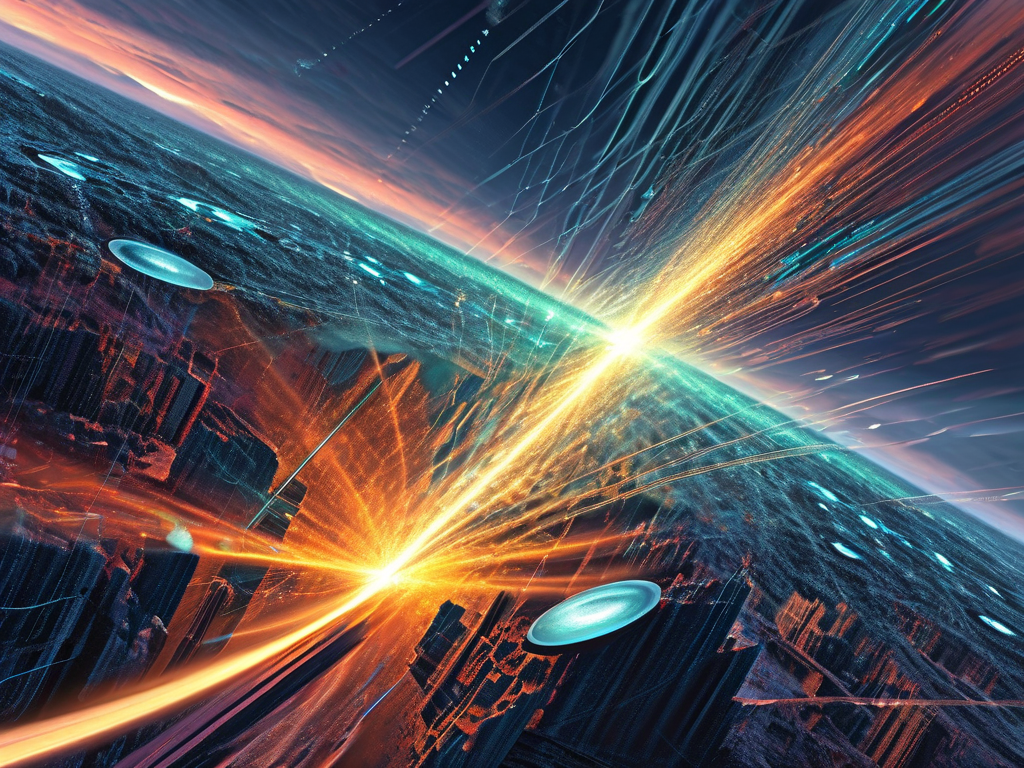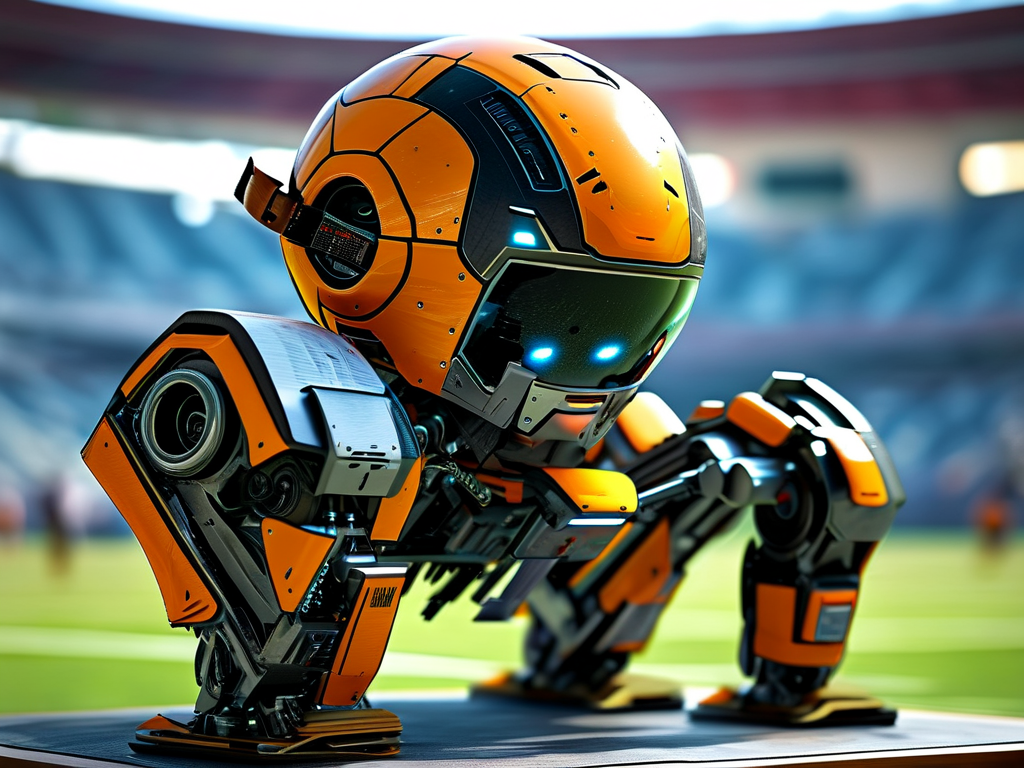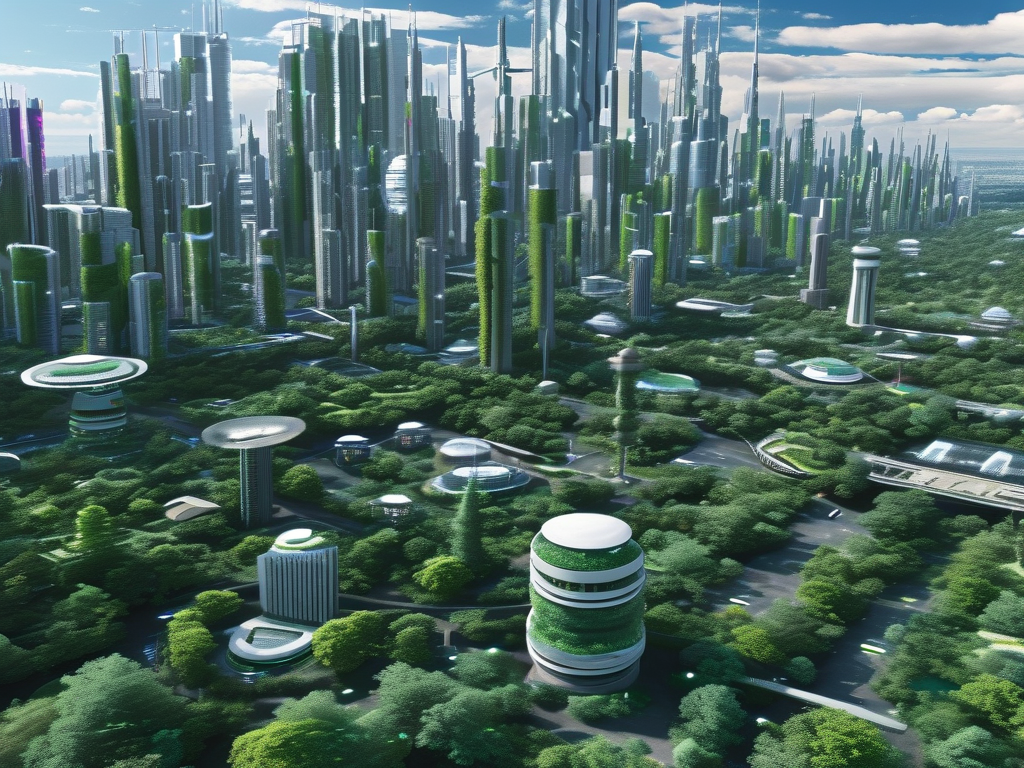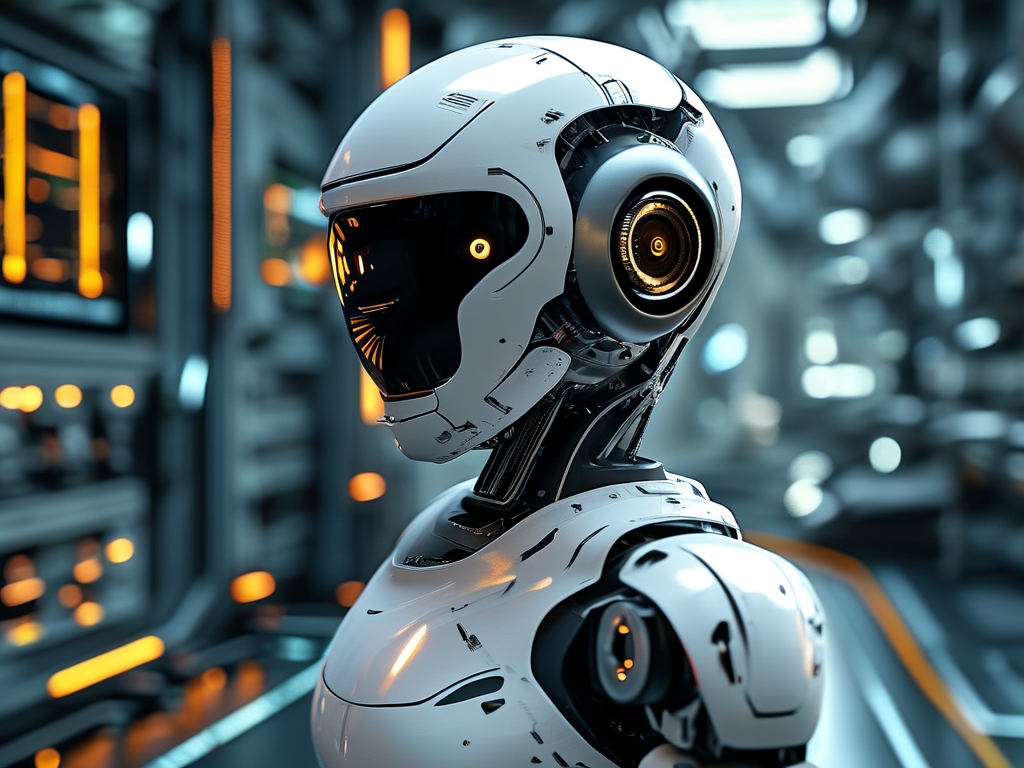The evolution of robotic systems has entered an unprecedented phase, blending advanced materials, artificial intelligence, and precision engineering. Modern robot manufacturing transcends traditional industrial applications, extending into healthcare, agriculture, and even creative industries. This article explores the cutting-edge methodologies shaping contemporary robotics while addressing the challenges and ethical considerations inherent in their development.
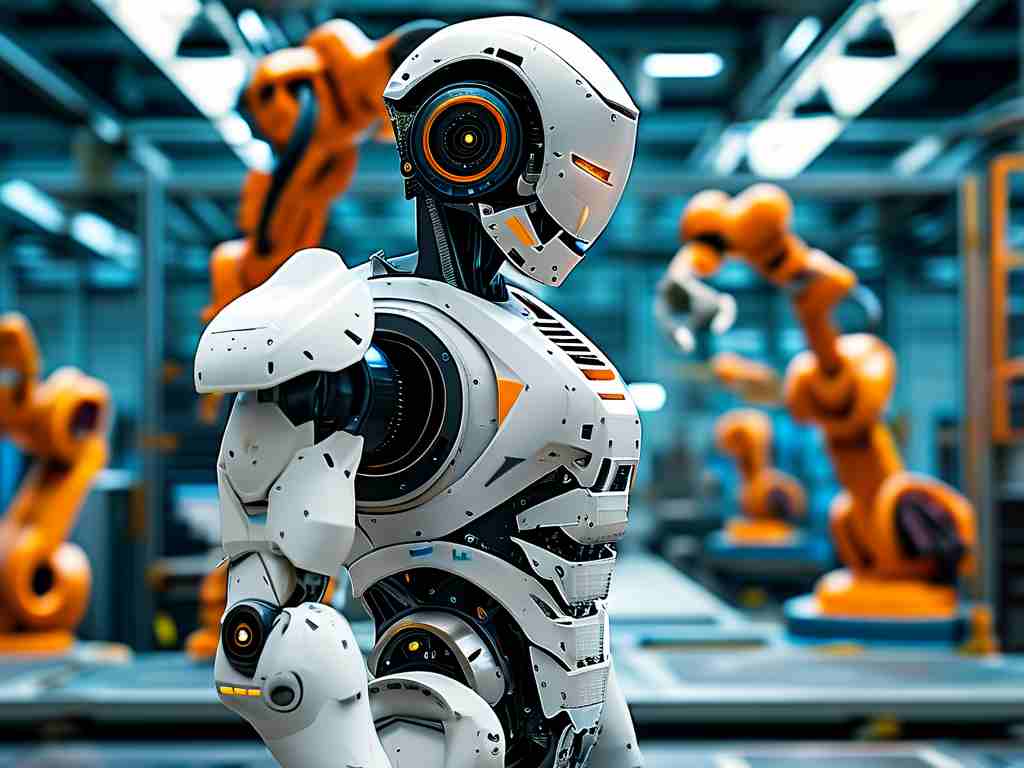
The Convergence of AI and Hardware Design
At the core of modern robotics lies the synergy between artificial intelligence and mechanical engineering. Unlike early robots programmed for repetitive tasks, today's machines employ machine learning algorithms that enable adaptive decision-making. For instance, collaborative robots (cobots) in manufacturing now use vision systems paired with neural networks to detect minute defects in products—a capability that reduces human error by 63% in quality control processes, according to a 2023 study by the International Robotics Federation.
Developers are increasingly adopting modular design principles. Companies like Boston Dynamics and Festo have pioneered robots with interchangeable limbs and sensors, allowing rapid customization for diverse environments. A notable example is the "hybrid manipulator" concept, where a single robotic arm can switch between surgical tools in medical settings or welding equipment in automotive factories through AI-driven tool recognition.
Material Science Breakthroughs
Advancements in materials have revolutionized robot durability and functionality. Graphene-based actuators now provide 200% greater energy efficiency compared to traditional hydraulic systems, while self-healing polymers enable robots to repair minor surface damage autonomously. Researchers at MIT recently demonstrated a soft robotic gripper capable of handling fragile objects like egg yolks using phase-changing materials that adjust stiffness in milliseconds.
The aerospace industry has particularly benefited from these innovations. NASA's Valkyrie humanoid robot, designed for extraterrestrial exploration, incorporates shape-memory alloys that withstand temperature fluctuations from -157°C to 300°C—a critical feature for lunar or Martian missions.
Ethical and Technical Challenges
As robots become more autonomous, ethical questions emerge. The "black box" nature of deep learning models complicates accountability in decision-making processes. In 2024, the European Union introduced mandatory "algorithmic transparency" protocols for medical robots, requiring developers to document decision pathways for AI-driven surgical systems.
Technical hurdles persist in energy management. While lithium-sulfur batteries offer higher density, their instability limits use in critical applications. Promising solutions include wireless charging through electromagnetic resonance—pioneered by Toyota's factory robots—which achieves 91% efficiency over 2-meter distances.
Human-Robot Collaboration
The future lies in symbiotic systems rather than replacement paradigms. Amazon's Sparrow inventory robot exemplifies this trend, working alongside humans to sort items while learning from employee feedback to optimize workflows. Such systems have increased warehouse efficiency by 40% while reducing workplace injuries, according to OSHA reports.
Educational initiatives are crucial for this transition. The Robotics Career Pathways program in Singapore trains workers to manage hybrid teams, combining technical skills with psychological insights into human-robot interaction dynamics.
Environmental Considerations
Sustainable manufacturing practices are reshaping the industry. ABB's YuMi robot uses 65% recycled aluminum in its construction, and Tesla's Optimus production line employs solar-powered assembly stations. Lifecycle analysis tools now help manufacturers evaluate a robot's environmental impact—from raw material extraction to disposal—before production begins.
Modern robot creation represents a multidisciplinary frontier where engineering meets philosophy. As we approach artificial general intelligence capabilities, the focus must remain on developing machines that augment human potential while addressing societal concerns. The next decade will likely see robots transitioning from specialized tools to adaptable partners, redefining our relationship with technology in ways we are only beginning to comprehend.


